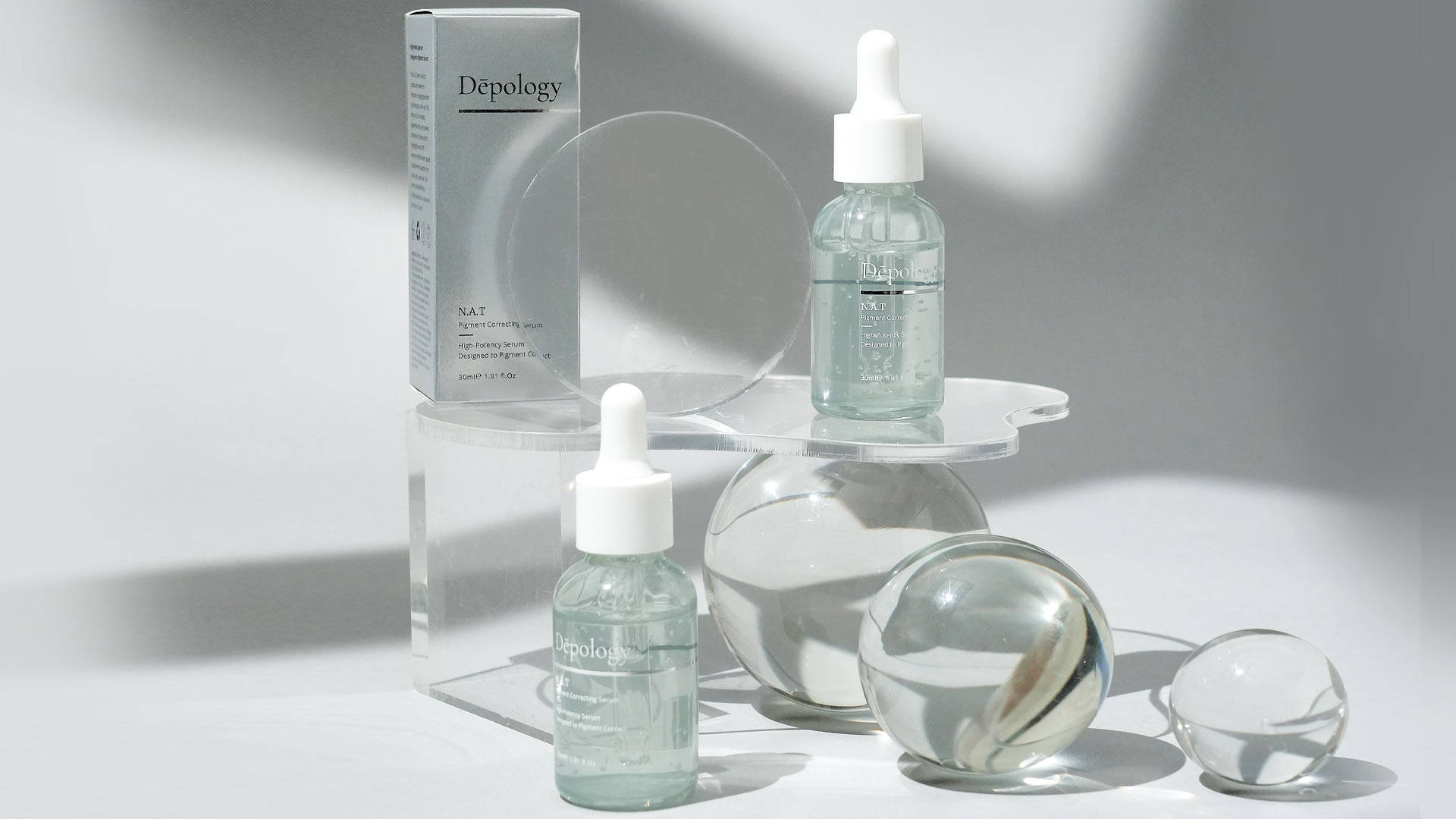Niacinamide has long been a fan favorite when it comes to skincare. Also referred to as Vitamin B3, the antioxidant contains anti-inflammatory properties and as a result, the skin reacts minimally when it is applied. This in turn makes it compatible with several products, even if they can’t be used entirely together. If you’re looking to add more diversity to your skincare routine and provide niacinamide with some company, you might be surprised by how many friends the ingredient has.

What Not To Mix With Niacinamide?
What Should You Not Mix With Niacinamide? ❌
-
Vitamin C
For decades, it has long been debated among those in the industry whether Vitamin C can be paired with niacinamide. The reasoning for this is due to “outdated” research that says the two ingredients could potentially cancel the other out when mixed, as they are both antioxidants. On the other side of the debate, one could argue that two powerhouse ingredients applied on top of the other can be even more beneficial for the skin, receiving twice the results.
In general, modern formulations that pair both ingredients don’t tend to disrupt users as long as they are applied correctly. Both ingredients can treat different areas of the skin, vitamin C being suitable for dark spots and niacinamide able to help with pigmentation concerns. If choosing to use both ingredients together, it’s best to leave at least ten minutes in between each application. This is especially recommended for those prone to sensitive skin.
When used separately, you should apply niacinamide before Vitamin C. If you choose to use it in different routines and alternate the ingredients, you can apply Vitamin C during your AM routine to maintain your skin’s protective barrier. During your PM routine, you can use niacinamide before going to bed for it to work its magic overnight while you rest.
We recommend:
Power C Antioxidant Radiance Serum
-
AHAs/BHAs
Similar to Vitamin C, there is much back and forth on whether niacinamide can be used alongside acidic skincare ingredients. When pairing these ingredients together, it can sometimes cause negative chemical reactions in users, such as inflammation and flushing. Common examples of these acids include glycolic and salicylic acid.
If you truly want to incorporate both ingredients into your routine, you should always apply niacinamide after acidic formulas. Don’t try to apply them simultaneously. Whereas it’s recommended to leave a ten-minute gap between the application of Vitamin C and niacinamide, 30 minutes is typically recommended when it comes to acidic skincare.
Similarly, you may also alternate the ingredients, applying niacinamide in the AM and acids at night. What’s convenient about niacinamide in your regimen is it can be applied up to twice a day or applied in the AM or PM, whichever you prefer.
We recommend:
N.A.T Serum
What Can You Mix With Niacinamide? ✅
-
Hyaluronic Acid
Both hyaluronic acid and niacinamide are water-loving humectants, meaning they are powerful ingredients that can more easily draw in moisture from the area surrounding the skin. By working together, these ingredients create a strong formula that ensures the skin’s protective barrier is functioning at its healthiest state. If using separately, it’s best to use hyaluronic acid before niacinamide.
We recommend:
Cica H.A Calm & Repair Serum & Matrixyl 3000 Collagen Serum
-
Retinol
Though retinol is a stronger ingredient, combining the retinoid with niacinamide is considered to boost desired results. Niacinamide, being gentler, can calm the skin while retinol targets aging signs such as fine lines and wrinkles. The difference in benefits for each ingredient works in the favor of the user when combining them, as the skin reacts well to the mixture.
Perhaps the greatest advantage to combining retinol and niacinamide is that niacinamide’s soothing properties ensure the user doesn’t have a negative reaction to retinol, which can sometimes irritate the skin. With niacinamide calming the skin simultaneously, this allows for the cancellation of the redness effect some users may experience when using retinol.
We recommend:
Anti-Aging Retinol Night Cream
-
Moisturizers
Moisturizing formulas tend to love the addition of niacinamide’s soothing capabilities. This often depends on if niacinamide is formulated in a serum, which should always be applied before moisturizer. Following any skincare regimen with moisturizer helps to draw water into the skin, retaining that moisture and locking the products in place so they are more efficient in helping you achieve your skincare goals.
We recommend:
Triple Lipid + Q10 Moisturizing treatment
Conclusion: dont mix niacinamide with
In case you were anxious about what you can use with your niacinamide products, there’s no need to worry. A versatile antioxidant, niacinamide can be used alongside many ingredients, regardless of whether they need to be alternated or used together. If you’re looking to diversify your routine, niacinamide is a great ingredient to build from.













